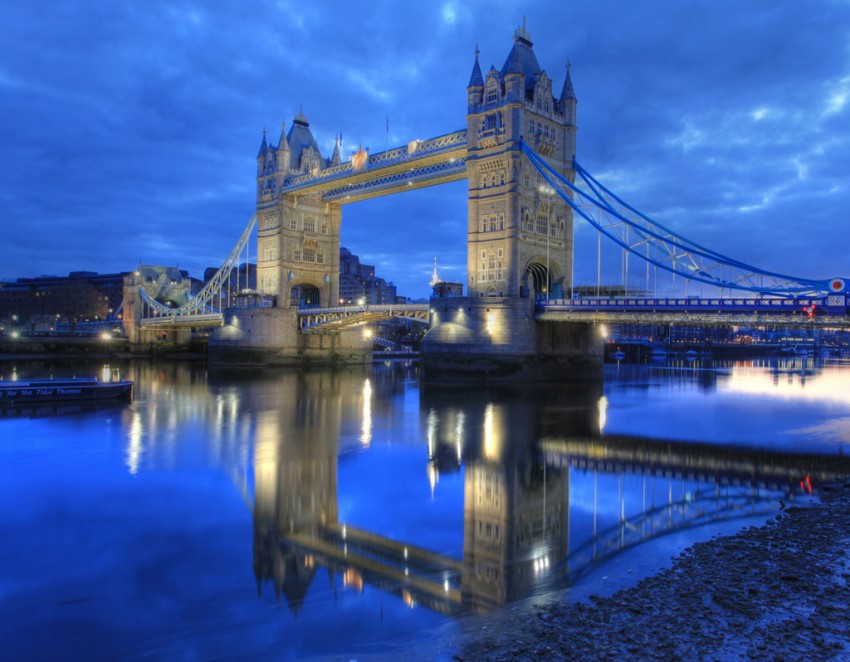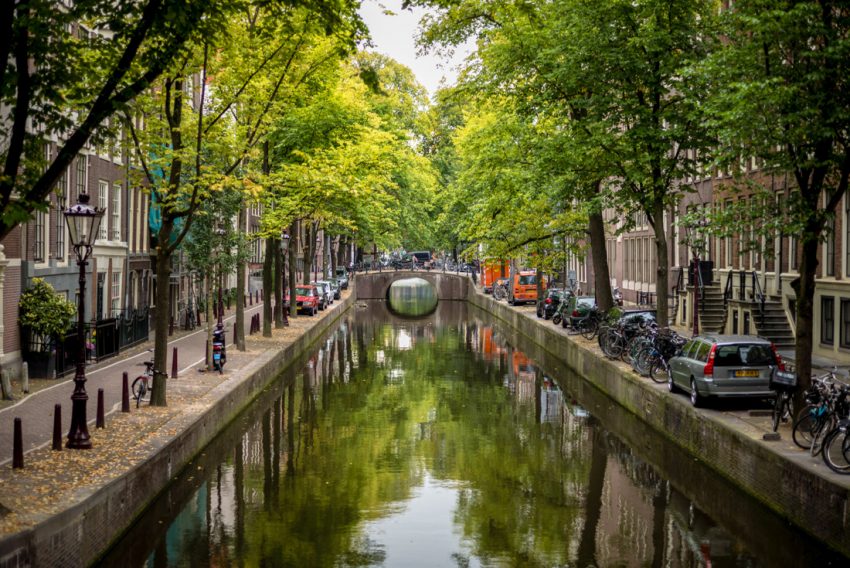For the traveler with wanderlust and a keen eye on their wallet, “affordable city breaks” have become a passport to endless European adventures without breaking the bank. These short, intensive getaways are designed to immerse you in a new culture, taste incredible food, and see historic sights while sticking to a shoestring budget. Over recent years, especially as inflation has driven up prices in the continent’s biggest capitals, budget-conscious explorers are increasingly bypassing Paris and London for lesser-known treasures and wallet-friendly hidden gems.
Why is Europe arguably the best playground for budget city breaks? It comes down to the sheer variety at your fingertips. Europe offers an intricate web of low-cost airlines, efficient rail networks, and compact, vibrant cities where history and culture await around every street corner. Whether you crave the steamy baths of Budapest, the sun-dappled squares of Seville, or the Baltic magic of Vilnius, you’ll discover that your dollars (or euros) stretch further than you imagined.
Setting a $300 budget might sound ambitious, but it’s entirely attainable. This guide shows you how to cover the basics such as roundtrip flights (often via budget carriers), two nights’ accommodation, several local meals, and a bundle of memorable activities, all for less than the cost of a new smartphone. If you’re ready to swap “someday” for “let’s go”, this is your roadmap.
Also, if you’re planning a longer trip to Europe (a week or two, for example), then this guide can help you plan a longer itinerary where you hop from one city to the next for a few days each. After all, that’s what many people do on a European trip anyway!
Can You Really Experience a European City for Under $300?
It’s the age-old question every savvy traveler asks: Can you honestly have a meaningful city break in Europe for $300 or less? In 2024, the answer, with a bit of flexibility and savvy planning, is a confident yes. Smart scheduling, no-frills lodging, and a taste for authentic local experiences make it not only possible but genuinely rewarding. The data here on our website (Budget Your Trip) backs it up: the average daily cost for budget travelers in cities like Kraków or Vilnius hovers between $40-75, including food, public transportation, and cheap accommodation.
Of course, costs hinge on several factors. The biggest are your choice of destinations, the airfare (which fluctuates based on time and route), accommodation options, the cost of living in your chosen city, and the allure of paid attractions. Flexibility is your secret weapon. Being able to travel midweek, outside of major festivals or holidays, often sees prices plummet both for flights and hotels.
How to Secure the Best Deals for Your City Break
Seizing the lowest prices requires a proactive approach. Start by using fare comparison tools like Kayak, setting alerts for drops on routes from your city. For accommodation, book through aggregators like Booking.com, Kayak, Hotels.com, or HostelWorld to compare rates and find last-minute bargains. Bundled deals can also shave off dollars, especially in the off-season (October-March, or shoulder months in April and September, when crowds thin and prices sink).
Best times for budget city breaks in Europe are typically late winter and early spring. Not only will you dodge the tourist swarms, but you’ll tap into special deals promoted by airlines and hoteliers eager to fill empty beds.
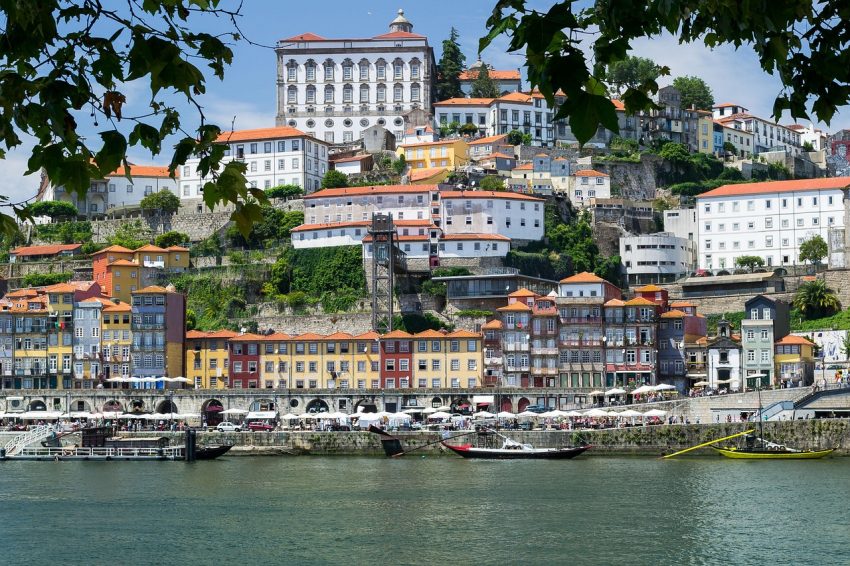
Criteria for Selecting the Perfect Affordable Destination
Some cities, regardless of season or current promotions, just have a lower baseline cost and a surplus of free or ultra-cheap things to do. When curating the best euro-cities for budget city breaks, keep the following in mind: Is the city well-served by budget airlines from your home airport? Are there ample hostels, guesthouses, or budget hotels under $40 a night? What’s the public transport situation? Are all the main sights walkable or connected by cheap trams? And critically, does the city offer a spread of free or low-cost museums, public spaces, and distinctive neighborhoods to explore?
Dining, too, matters more than you think: authentic, affordable meals in local markets or cafés both save money and embed you deeper in the culture.
Top Affordable European Cities for City Breaks Under $300
Eastern Europe Standouts
Budapest, Hungary
Budapest’s fairy-tale skyline, thermal baths, and thriving ruin pub scene have been drawing budget travelers for years. According to Budget Your Trip, the average daily cost for a backpacker is about $50, including meals and hostel beds. Return flights from most European capitals can be snapped up for as little as $60 if booked a month ahead.
A two-night, or even a 3-night, stay in a stylish hostel might run $40-50 in total, add in hearty servings of goulash at neighborhood bistros ($7-10), and you’ll still have plenty left for admission to the iconic Széchenyi Bath ($20) or a Danube sunset cruise ($12).
Not up for staying in a hostel? No problem! You can find plenty of budget-friendly hotels and guesthouses in Budapest, too.

Kraków, Poland
Another Eastern European marvel, Kraków blends medieval spires with a buzzing student scene. Hostel dorms average $15-20 a night (or budget hotels start at $15), city trams are under $1 per ride, and you can sample delicious pierogi or zapiekanka from markets for less than $4. Many headline sights such as Wawel Castle and the stunning Old Town square are free to wander.
Southern Europe Bargains
Porto, Portugal
Porto may be famous for its namesake wine, but its cobbled alleyways and riverside cafés are equally intoxicating. Budget-friendly hostels abound from $20 a night with budget hotels in the same price range, and flights from western Europe are consistently affordable, especially via Ryanair from London, Paris, or Barcelona. Savor traditional francesinha sandwiches and local port for less than $10 per meal, and stroll the atmospheric Ribeira district or cross the Dom Luís I Bridge for panoramic views, all free of charge. Affordable day trips can be found for low prices, too, or you can use public transit to get to nearby small towns.
Seville, Spain
Seville stuns with Moorish palaces, flamenco bars, and orange-scented plazas, but without the price tag of Madrid or Barcelona. Accommodation starts at $25 a night for dorm beds in hostels as well as cheap hotels, and many tapas bars serve satisfying plates for just a couple of euros each. Don’t miss the free-entry Metropol Parasol or the city’s legendary street performances.
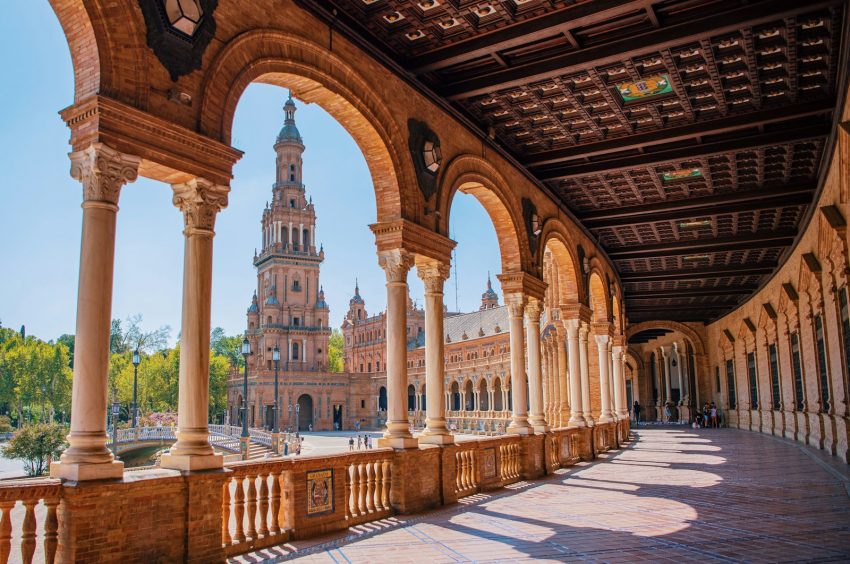
Lesser-Known Gems
Vilnius, Lithuania
Vilnius combines baroque architecture with a gently rebellious spirit. Direct flights from northern Europe often cost under $60 roundtrip if booked ahead. Budget travelers can find central hostels for around $15 a night, and local specialties like cepelinai (potato dumplings) are best sampled in lively canteens for under $6. The city’s best views are free: climb Gediminas’ Tower or stroll through bohemian Užupis.
Bratislava, Slovakia
With a charming Old Town by the Danube, Bratislava is increasingly a favorite for those in the know, often used as a day-trip from Vienna but worthy of its own city break. Hostels and pensions start at $20 a night, and a hearty Slovak meal rarely tops $8. Inexpensive attractions range from climbing the UFO Tower ($9) to free walking tours, and local buses cover the compact city for pocket change.
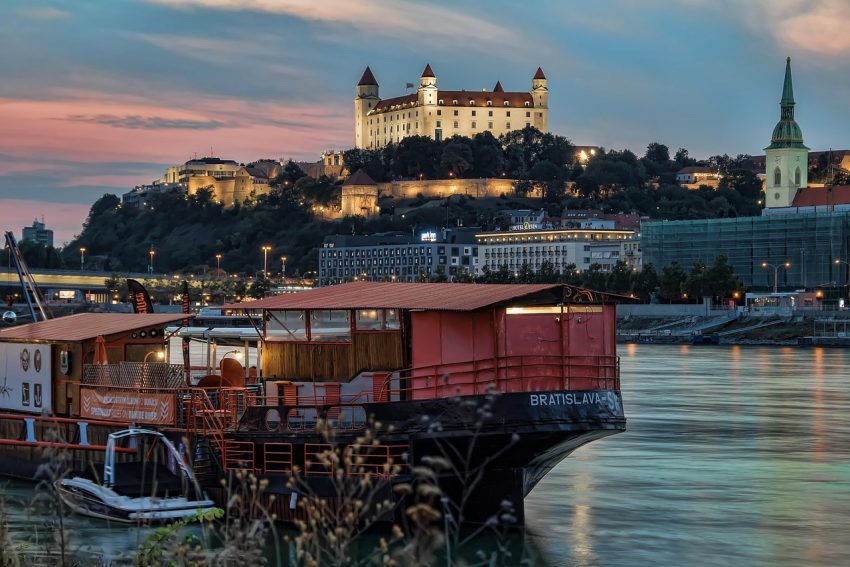
Case Study: How $300 Can Play Out
Imagine you snag a return flight or cheap train ticket to Budapest for $60. A central hostel costs $50 for two nights. You budget $40 for public transport and entry fees, leaving $60-70 for food and an indulgent soak in a historic bathhouse. In Kraków, a similar breakdown is possible, with enough left to spare for souvenirs or a spontaneous night out. For current, city-specific cost breakdowns, always refer to our Europe pages.
How to Stretch Your Budget Even Further
Timing is everything, especially for transportation and hotel bookings. Use price-tracking apps like Kayak and Hopper for flight deals, and book accommodation directly with hostels or guesthouses for last-minute rates, which are sometimes cheaper than large platforms. If you’re open to meeting fellow travelers, hostels offer unbeatable value and often throw in perks like free breakfasts, walking tours, or happy hours. Alternatively, opt for a private room in a budget hotel or aparthotel; in many Eastern and Southern European cities, you’ll find central flats or cozy studios for under $30 nightly.
Once on the ground, make local trams, buses, or metros your best friends, as day passes rarely exceed $5. Some cities (like Seville or Porto) are best explored on foot or by rentable bikes, and most Old Towns are closed to cars anyway, saving you transit cash while enriching your experience.
Eating like a local is as much about culture as cost. Skip tourist-trap restaurants and instead visit bustling food markets, humble bakeries, or street vendors. In Porto, sample bacalhau from the Mercado do Bolhão; in Vilnius, duck into the lively Hales Turgus market for fresh pastries and cheeses. Not only does this keep your spending in check, but it also hands you a passport to the city’s culinary soul.
Don’t ignore the local events calendar. Many museums, especially in Central and Eastern Europe, offer free-entry days, and summer festivals fill city parks with music, art, and street food at little or no cost.
Pros and Cons of Budget City Breaks: The Honest Truth
On the plus side, affordable city breaks make travel accessible. With a bit of planning, you’ll find unique, under-the-radar experiences far removed from the typical tourist trail. The flexibility of budget travel means you can decide on a whim, thanks to cheap flights and plentiful hostels. So, you can adapt as you go.
However, frugal city breaks do come with trade-offs. Accommodation may err on the side of basic, and you might have to rise early or dodge peak crowds to get the best out of each day. Prices can surge unexpectedly, especially during local festivals or busier summer months.
Safety and Practical Tips: A Few Essentials
European cities, especially those popular with backpackers, are generally safe, but sensible precautions make all the difference. Stick to well-lit streets after dark, safeguard valuables in a money belt or secure hostel locker, and be wary of common scams around major tourist sites. Always check local transport timetables and routes in advance; losing your way can lead to pricey cab rides or wasted time.
Avoid classic tourist traps by reading recent traveler reviews on platforms like Tripadvisor and always checking prices before you order in cafés or taxis. For budgeting, use a no-foreign-fee debit card, and withdraw modest amounts of local currency only when needed to minimize ATM charges.
Pack light, ideally a carry-on backpack you can comfortably haul around. Essentials include a reusable water bottle (tap water is safe to drink in most European cities), portable power bank, lightweight rain jacket, and translation app downloaded for offline use.
Final Recommendations and Handy Resources
The best way to nail a bargain city break is to stay informed and prepared. Must-have websites and apps include Google Maps (or similar) for comparing local transit options, and XE Currency for real-time exchange rates. Seasoned travelers also recommend packing a few snacks and always having a local SIM or eSIM for navigation (some eSIMs cost just $2-3 for two days’ data).
Insider advice? Don’t overstuff your itinerary. Sometimes the best memories come from wandering a beautiful neighborhood, joining a free walking tour, or sharing stories over hostel breakfasts. Connect with locals or other travelers; ask for their favorite markets, coffee shops, or parks. Everyone has a “can’t-miss” story or suggestion.
Above all, travel light, in both baggage and expectations. Every city has something unique to offer, and sometimes the best discoveries come when you least expect them.
Your Turn to Explore Europe on a Budget
There has never been a better time to embrace the art of affordable city breaks in Europe. Whether you’re a solo traveler, a student on holiday, or a group of friends planning a spontaneous getaway, your dream of picnicking along the Danube or hearing fado echo through Porto’s old streets is within reach. All it takes is curiosity, flexibility, and a willingness to see beneath the surface.
Have you experienced an epic European city break on a limited budget? Share your tips and stories in the comments below, or suggest a new hidden gem for fellow readers. The world awaits! And with just $300, your next adventure is already closer than you think.

Bryan has visited 61 countries, which is exactly one more country than his wife, and she won’t let him forget it! Also an avid photographer, he enjoys entrenching himself within the local culture in order to learn more about the people of a place. He is the co-founder of Budget Your Trip and loves a good adventure, an exotic meal, or a passionate conversation about global events. And he also loves to find out how much stuff costs, which is why he and his wife started Budget Your Trip.
Sign up to our email newsletter to receive sales, deals, and discounts from major travel companies!


